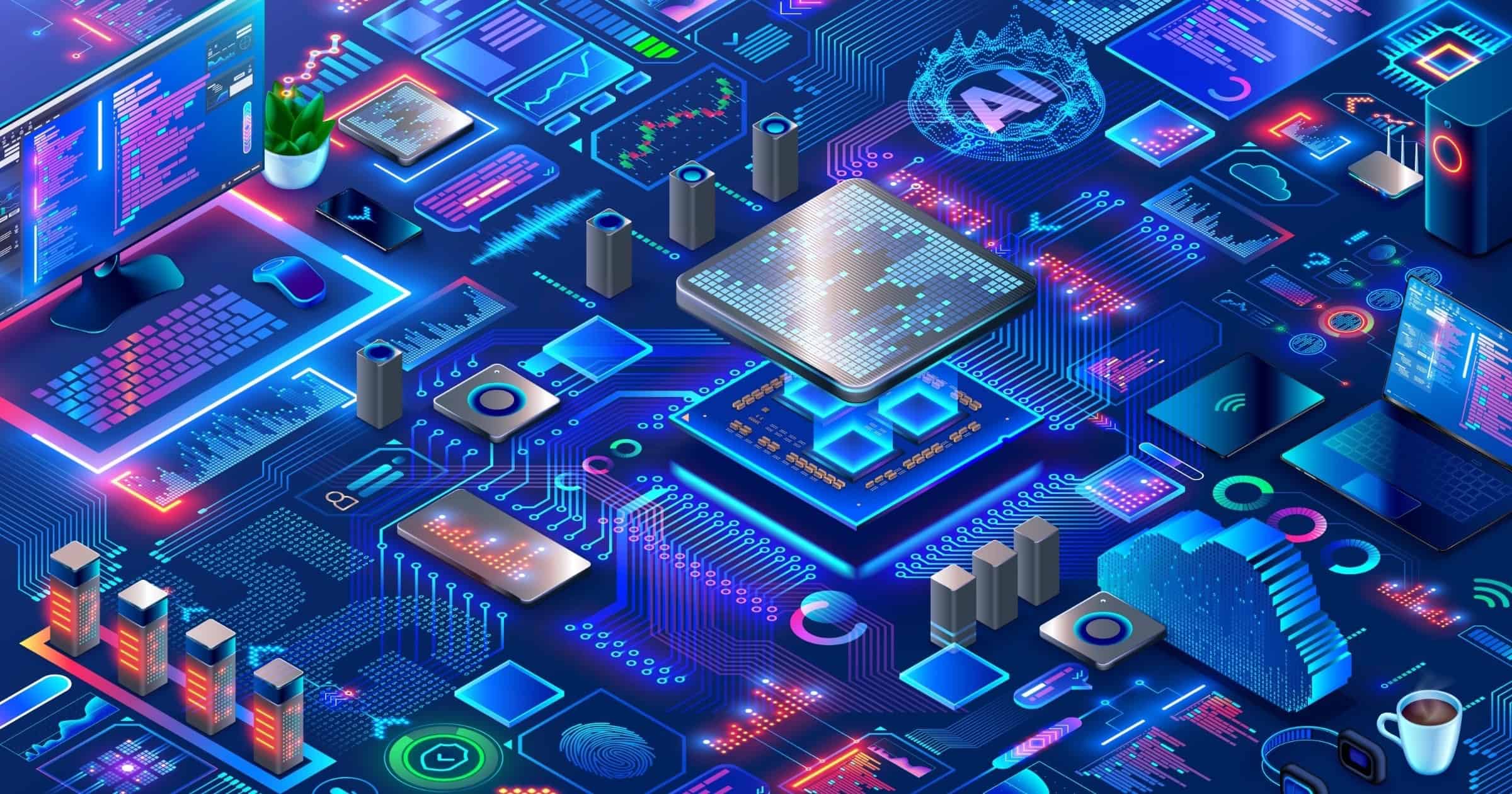TinyML is a joint project between IBM and MIT. It’s a machine learning project capable of running and low-memory and low-power microcontrollers.
[Microcontrollers] have a small CPU, are limited to a few hundred kilobytes of low-power memory (SRAM) and a few megabytes of storage, and don’t have any networking gear. They mostly don’t have a mains electricity source and must run on cell and coin batteries for years. Therefore, fitting deep learning models on MCUs can open the way for many applications.
Check It Out: ‘TinyML’ Wants to Bring Machine Learning to Microcontroller Chips

Andrew:
A great read, and an insight into Apple’s thinking and gamble from the beginning with their AI on device vs Google and Amazon’s bet on server-farm AI. Even now, we have Apple clients complaining about the limitations of Siri – the human voice assistant component of AI compared to the likes of Amazon and Google who apply kilowatts of power (and humans standing by) to make their AI more human-like in response to user queries/commands; whilst simultaneously enjoying the performance of their Apple Watch and AirPods Pro that exploit their on-device AI to provide a near magical user experience. As the article points out, these small devices pack more computational power than did servers of 30 years ago.
In any case, Apple having placed their bet with on-device AI is poised to steal a march with tiny ML into the future across their platform as they continue to miniaturise.
My question is: How long will it take to get tiny ML devices to recapitulate higher order biological systems, and create collective or hive intelligence, such that each unit is both self-contained and can collaborate with its kind to create their own OS in order to perform larger, coordinated tasks (think bees or ants and the building, maintenance and defence of a colony)? The implications for organic nanobots in the human body to coordinate in routing out cancer cells, repairing damaged organ systems and defending against invading pathogens, no less than space-based microbots collaborating to form the largest ever telescopes with trans-wavelength capability for peering into the atmospheres of exoplanets should be self-evident, no less than their savings in cost and energy relative to gains in performance.
We are on the cusp of unimaginably great things.
Science!